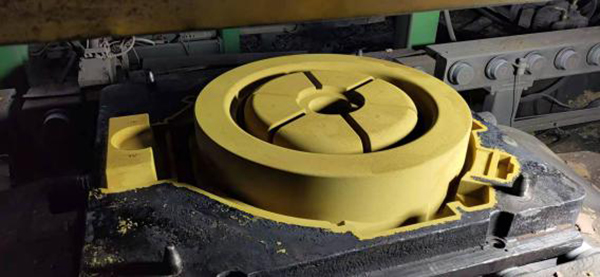How Do You Sand Resin?
Sanding resin can be a meticulous but rewarding process, whether you're working with epoxy resin in crafting, woodworking, or model building. Proper sanding techniques ensure a smooth finish and help your resin projects look professional. Let's delve into the steps and considerations for effectively sanding resin.
Materials Needed
Before you start sanding, gather the necessary materials 1. Sandpaper Various grits (from coarse to fine). Typically, you will need grits ranging from 80 to 2000, depending on your project's requirements. 2. Sanding blocks These help maintain even pressure and prevent gouging. 3. Dust mask To protect your lungs from fine resin particles. 4. Eye protection Safety goggles are essential. 5. Vacuum or blower For cleaning dust from the surface. 6. Polishing compounds If you plan to achieve a glossy finish post-sanding.
The Sanding Process
1. Initial Assessment Begin by assessing your resin piece. Identify any imperfections, such as uneven surfaces, drips, or bubbles. This evaluation will guide your sanding approach.
2. Selecting Grit Start with a lower grit sandpaper (around 80 to 120 grit) for heavy sanding. This grit will help remove significant imperfections. Be careful not to apply too much pressure, as resin can be soft and may gouge easily.
3. Sanding Technique Use a circular or back-and-forth motion while sanding. Always sand in one direction to avoid swirl marks. If you’re working on an intricate piece, consider using a sanding sponge or a smaller sanding block for better control.
4. Progressing through Grits Once the major imperfections are smoothed out, switch to a medium grit (around 220 to 400 grit). Repeat the sanding technique, following the same direction. This step will help refine the surface further.
how do you sand resin

5. Final Sanding For the final finish, use fine grits (800 to 2000 grit). At this stage, you’ll achieve a smooth surface. It’s important to keep the surface clean and free of dust between grit changes, as particles can cause scratches.
6. Cleaning After sanding, use a vacuum or blower to clear away dust from the surface. This prevents dust from settling back onto the resin and affecting your final finish.
Polishing for a Glossy Finish
If you're aiming for a shiny, polished appearance, you can take additional steps after sanding.
1. Wet Sanding This is especially effective for achieving a high gloss. Use fine grit sandpaper (1200 to 2000) and wet the paper or the resin surface slightly while sanding. This reduces friction and creates a smoother finish.
2. Polishing Compounds After wet sanding, apply a polishing compound with a soft cloth or a buffing wheel. This process can significantly enhance the gloss of your resin piece.
Conclusion
Sanding resin might seem intimidating at first, but by following these steps and using the right materials, you can achieve a beautifully finished product. Remember to be patient and allow yourself the time to sand properly for the best results. With practice, you'll master the art of sanding resin, elevating your crafting skills and the quality of your projects. Happy sanding!
Post time:sep . 18, 2024 20:50
Next:Wydruk 3D bloku szlifowania
